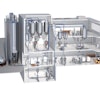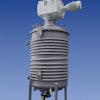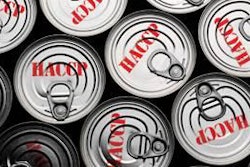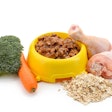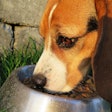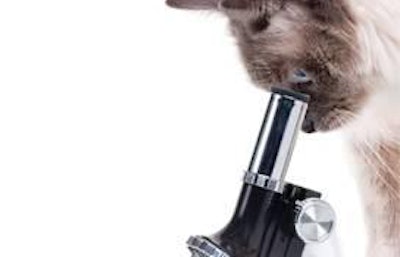
Salmonella, E. coli and Listeria monocytogenes are three words that instantly grow gray hairs on the heads of every petfood manufacturer. The health of your customers, both furry and otherwise, has to be your top priority. The only way to stay vigilant is to take the proper precautions by using the most innovative technology from reliable sources.
Intervention tools that can assure your finished petfood and treat products are pathogen free are essential. There is no better way to avoid recalls and build consumer trust, but whatever system you decide to put in to place must meet specific requirements. According to Ed O'Neill, VP of quality systems and technical service at Nature's Variety, these requirements are:
- An insignificant to no impact on the temperature of the petfood cooking process;
- Must work in a natural and an organic environment;
- Minimal to no impact on the palatability and nutritional quality of the product; and
- Compatible with a premium product line.
High pressure processing (HPP) uniformly applied to food is a relatively new way petfood producers are trying to meet these specifications and protect their products. Although HPP is proven to reduce both E.coli and Salmonella in meat (see Figures 1 and 2), it requires expensive equipment and can often be logistically difficult. If a raw petfood product has a high moisture content, HHP can be applied to packaged, finished products. There are no further opportunities for recontamination until the package is opened by the consumer. What if you want to stay in the raw category or need something less costly, but just as efficient? What are the alternatives?
- Irradiation. Technology like X-rays, gamma and electron beams can be applied to raw materials or to finished, packaged products;
- Chemical interventions. Organic acids and surfactants have mould-inhibiting properties;
- Oxidizers. Ozone, peroxides, superoxides and photocatalytic oxidation (PCO) convert fine particles and toxic gasses into safer compounds;
- Ohmic heating. Like thermal processing, ohmic heating inactivates microorganisms by heat but is better suited for heating liquid foods containing large particulates. The technology is useful for the treatment of proteinaceous foods, which tend to denature and coagulate when thermally processed; and
- Light. High intensity pulsed lights and ultaviolet light react with chemical catalysts, in the presence of water, to create hydroxyl radicals and super-oxide ions that oxidize volatile organic compounds (VOCs) and eliminate microorganisms adsorbed on the catalyst surface.
The growing number of recalls of petfoods because of microbiological contamination demonstrates the need for effective intervention strategies. Ideally, multiple interventions should be applied that address all potential sources of contamination. Interventions are available that allow for the production of safe, pathogen free petfoods, and it's up to you to research the right system for your company.
